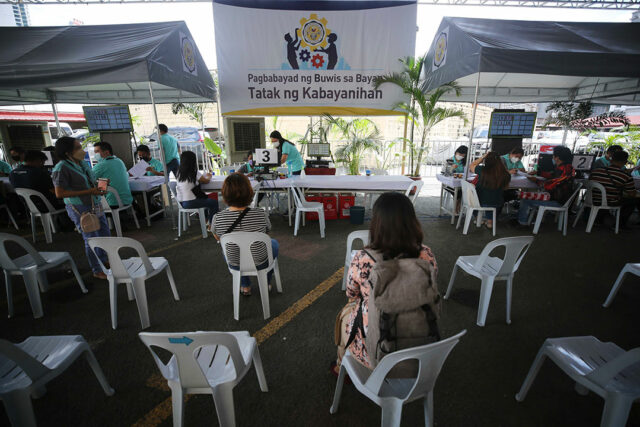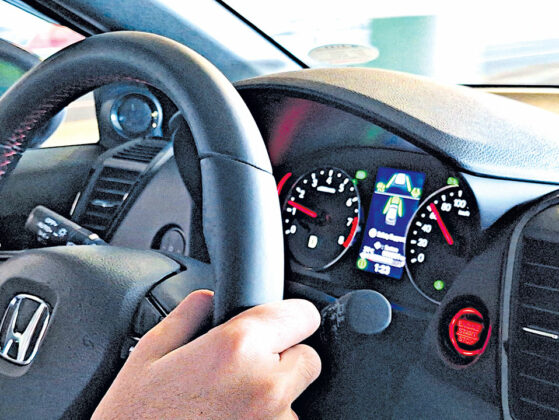By Chloe Mari A. Hufana, Reporter
LACSON ANTHONY J. VIDUYA, 70, managed to send his six children to college using income from driving a rickety passenger jeepney in the Philippine capital.
He’s one of the more than 30,000 drivers and operators in Metro Manila who have consolidated under a jeepney modernization plan that seeks to professionalize the sector, while promising to make them more profitable.
Critics say the plan is anti-poor, and the new business model that it seeks to spawn is a case of corporate capture.
“I joined a cooperative because I had to,” Mr. Viduya, who bought his traditional jeepney in early 2000 after coming home from Riyadh, Saudi Arabia where he worked as a technician for 15 years, told BusinessWorld in Filipino.
The Filipino senior, who plies the Baclaran-Dapitan via Taft Avenue route, beat an April 30 deadline to join a cooperative under threat of losing his livelihood. He paid P20,000 ($348) when he joined his cooperative.
 “I surrendered ownership of my jeepney to the cooperative because I had to,” he said while waiting in line at a terminal along Taft Avenue in Manila. “Being a jeepney driver is the only job I know.”
“I surrendered ownership of my jeepney to the cooperative because I had to,” he said while waiting in line at a terminal along Taft Avenue in Manila. “Being a jeepney driver is the only job I know.”
The Philippine jeepney operates under a “boundary system,” where the driver, usually male, pays the jeepney owner called the operator a fixed daily amount called the boundary.
Jeepneys have been known as the king of the road, mainly due to the aggressive driving behavior of their drivers. They have been called both a public convenience and nuisance because they suddenly stop in the middle of the road to load and unload passengers.
President Ferdinand R. Marcos, Jr. this month rejected a proposal to suspend the government’s jeepney modernization program, insisting that it wasn’t rushed.
About 80% of public utility vehicle operators have consolidated their franchises under cooperatives or corporations so they can buy new transport vehicles, he said.
“I disagree with them because they said this was rushed,” the President said. “This has been postponed seven times… Those who have been objecting or have been crying out and asking for suspension are in the minority.”
Twenty-two senators have filed a resolution calling for the suspension of the modernization program, saying it had been rushed.
“This simply shows that President Marcos did not thoroughly study the Senate resolution that aims to suspend the modernization program until it is properly reviewed,” transport group PISTON National President Mody T. Floranda said by telephone in Filipino.
Mr. Floranda expressed disappointment over what he said are contradictory state policies on jeepney modernization.
He said members of a group that held a “unity walk” on Aug. 5 to protest the Senate resolution are buried in debt due to the modernization process. About 400 people participated in the pro-modernization rally.
Mr. Floranda urged the Supreme Court to fast-track its decision on PISTON’s lawsuit seeking to halt the modernization program.
“The lack of a ruling is causing more confusion,” he said in Filipino. “We are still hoping that the Supreme Court will support the situation of the transportation sector.”
Orlando F. Marquez, Sr., national president of the Liga ng Transportasyon at Operators sa Pilipinas, said there might be kinks in the government’s modernization program, but most drivers and operators have accepted that it is inevitable.
That’s what prompted them to do the “unity walk,” he told a news briefing on Sunday.
‘HUMAN DIGNITY’
Gina R. Gatarin, a researcher at the Western Sydney University, said Filipinos have long been denied the right to a comfortable, safe and efficient travel experience.
“But while it has long been overdue to ensure that transport planning and policy making enable just mobilities for most people who rely on public transport, the plans, process and policies for transition must ensure that no one is left behind,” she said.
Ms. Gatarin, who wrote a study on the modernization plan, cited the need for “pathways of just transitions” in enforcing the system-wide change.
Because urban mobility is about human dignity, the government should consider not just the environment and mobility but also labor justice, she said in the study released in April.
Some grassroots organizations have said the government’s anti-poor and profit-oriented program would affect at least 118,000 families and 685 jeepney routes in Metro Manila alone.
The modernization program started in 2017 under ex-President Rodrigo R. Duterte, aiming to replace traditional smoke-belching jeepneys with units that have at least a Euro 4-compliant engine to cut pollution.
The deadline for jeepneys to consolidate into cooperatives lapsed on Dec. 31, 2023, but public utility vehicles were allowed to keep operating until Jan. 31, 2024. The President later extended the deadline to April 30.
The modernization program seeks to establish a state-of-the-art public transport system that induces operators to renew their fleets using higher-capacity vehicles that are also more efficient.
It also lays the groundwork for the electrification of the public transport fleet toward full decarbonization.
“The jeepney sector is highly fragmented and individualized in terms of ownership and operation,” according to a report published by the Japan International Cooperation Agency in 2022.
It added that the lack of consolidation had led to a vehicle-to-franchise ratio of 2.25. About eight of 10 jeepney operators own a single unit.
Under the modernization program, a cooperative must have at least 15 members before it can register with the Office of the Transportation Cooperatives under the Department of Transportation.
IMPORT BIAS
Elmer B. Francisco, chairman of local jeepney maker Francisco Motors Corp., said a locally assembled, fully electric modern jeepney would cost P1.99 million, cheaper than the imported units from Japan and China at P2.8 million.
The company had taken 60,000 pre-orders of fully electric jeepneys from all over the country as of June, he told BusinessWorld via Zoom. But he cited the slow permitting process to mass produce modern jeepneys.
There also seems to be a bias for established foreign vehicle makers such as those from China and Japan. Local manufacturers like Francisco Motors and Sarao Motors, Inc. can hardly keep up with demand given their limited production capacities.
“We need the support of our own government because other manufacturers — foreign manufacturers — have the support of their own governments,” Mr. Francisco said. “I call on the President to support Filipino manufacturers. Support local. We can produce our own electric vehicles.”
Mr. Francisco said modernization is important to help the environment, make commuting easier and safer for Filipinos and boost the economy.
But most jeepney drivers and operators might be unable to afford the costs of modernization, including joining a cooperative and buying new units, he said.
He shared a lesson from his late father Jorge, who founded the company in 1947 and who said that “if the jeepney operators you’re selling to can’t make a living from the jeepney you’re selling, then don’t sell it.”
Mr. Francisco also faults imported jeepneys that look like minibuses rather than the traditional Filipino jeepneys that are painted with themes including love, sex, religion and family.
He noted that while Francisco Motors imports some jeepney parts, they assemble the units locally, providing jobs to thousands of Filipinos.
Teodoro C. Mendoza, a retired professor and crop scientist from the University of the Philippines Los Baños, cited two main “blind sides” in the state’s modernization plan — the high price of modern jeepneys and the “domino effect” of possible fare increases to cover the cost of these units.
This is especially true for imported jeepneys given the peso’s slump against the dollar. High unit prices mean high yearly payments, which will be compounded by high interest rates, he said.
Mr. Mendoza, who wrote a paper on the modernization plan in 2021, said higher fares mean higher costs of food and other commodities.
“In effect, higher transport costs will mean a higher cost of living,” he said in his study. “A consequence of this is that daily wage earners will demand higher wages, which will have repercussions on the economy at large.”
Mr. Mendoza said the government should subsidize local modern jeepney manufacturers instead of pushing imports.
“Why would you want to enrich foreign jeepney manufacturers?” he told BusinessWorld by telephone. “We can do that ourselves. We can locally fabricate them. That’s why we need to make it homegrown,” he said in Filipino.
“The way forward should be to support local manufacturing of modern jeepneys, support the initiative of Francisco Motors and similar companies,” Mr. Mendoza said. “The government shouldn’t rush because if we manufacture jeepneys locally, it will generate employment in the manufacturing sector.”
Mr. Mendoza estimates that it will take 70 years to replace Metro Manila’s jeepneys and 270 years nationwide, assuming minibus manufacturers can make 1,000 modern units a year. Almost P12 billion is needed to replace 73,000 traditional jeepneys in the capital region and P540 billion to replace 300,000 jeepneys nationwide.
Ms. Gatarin said that instead of a one-time, big-time change, the state might need to choose pilot areas where it can implement the program and show that it works.
She cited the South African experience in improving its bus system and paratransit integration, which involved a flexible transition over several years.
“This cannot be achieved simply by pressing on informal workers to surrender their old vehicles and accept that [they] will be merely cogs in a fleet management system,” Ms. Gatarin said in her study.
“What would seem like scrap metal, as the jeepney is currently framed in the government pronouncements, is a cherished possession reflecting the hard work and sacrifice of low-income drivers to make a decent living,” she added.
In June, the Land Transportation Franchising and Regulatory Board said it was considering another one-year extension for unconsolidated jeepneys.
“If they do not want to help, then they should at least not make our life harder than it already is,” Mr. Viduya, the jeepney driver mentioned at the outset, said.


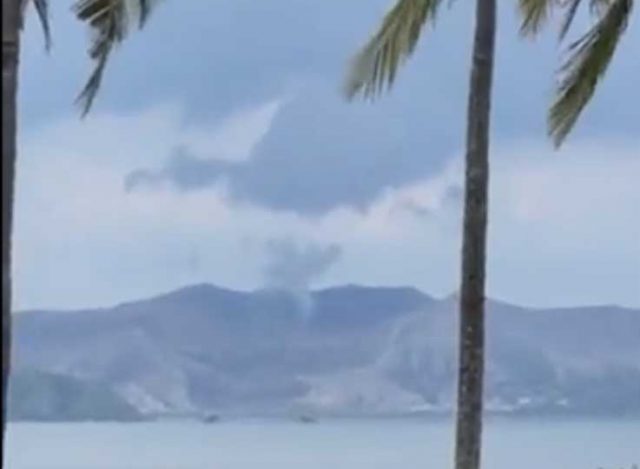


 Inside the sleek, minimalist design is an Intel Core Ultra 9 185H. A powerful processor used for both productivity and gaming.
Inside the sleek, minimalist design is an Intel Core Ultra 9 185H. A powerful processor used for both productivity and gaming.

 It is important to note however that these satin-like finishes are not scratch proof. it would be best for a user to actually buy protective covers for both the bottom and top shells.
It is important to note however that these satin-like finishes are not scratch proof. it would be best for a user to actually buy protective covers for both the bottom and top shells.
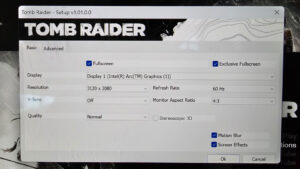

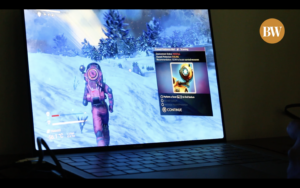

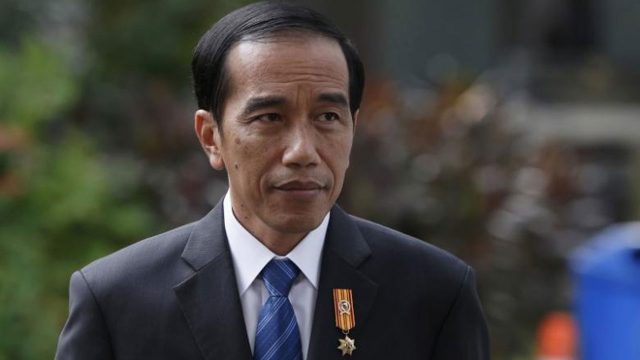

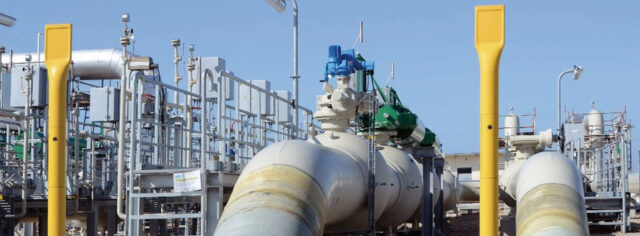

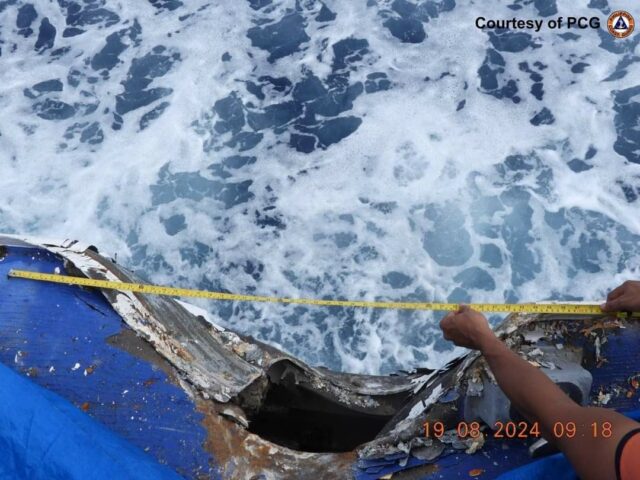


 “I surrendered ownership of my jeepney to the cooperative because I had to,” he said while waiting in line at a terminal along Taft Avenue in Manila. “Being a jeepney driver is the only job I know.”
“I surrendered ownership of my jeepney to the cooperative because I had to,” he said while waiting in line at a terminal along Taft Avenue in Manila. “Being a jeepney driver is the only job I know.”